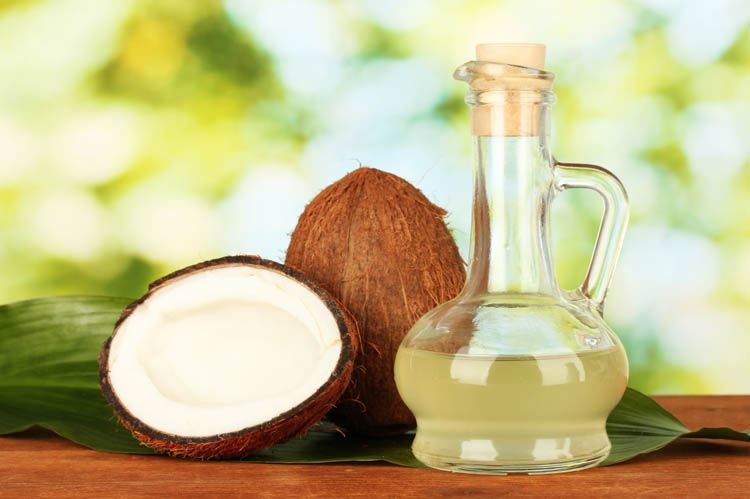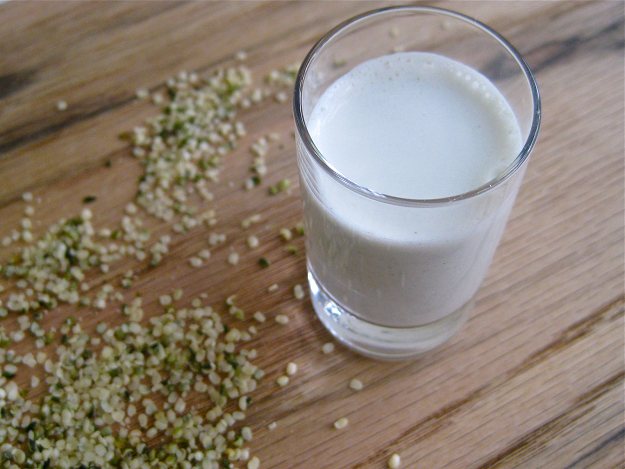Have you heard of Cistus tea before? In 1999, Cistus incanus was named European Plant of the Year. It hit the news because of its numerous health advantages. Cistus tea made headlines again in 2010, this time for lowering the risk of mosquito and tick bites among regular users.
What is Cistus Tea?
Cistus tea is a Cistaceae group of evergreen tiny shrub herbs. It is indigenous to the dry Mediterranean. The plant grows to a height of 1-3 feet. The ovate lanceolate to elliptical grey/green leaves measure 1/2 inch to 1 inch long and are ovate-lanceolate to elliptical. Sticky and hairy branches and leaflets are seen on this plant. The blooms are five-petaled, pinkish to purple in colour, and only blossom on one day.
7 Must Know Health Benefits of Cistus Tea
Cure for Lyme Disease
Cistus has long been used to treat Lyme disease. It was thought to be effective in both preventing and treating the condition. Many people and dogs believe it can still protect them from ticks, which are the primary cause of the disease. The cistus extraction used for borreliosis therapy (Lyme disease therapy) was discovered to have a component called manoyloxides, which made it extremely successful as a treatment.
High in Antioxidants
Cistus tea’s miraculous therapeutic effects are definitely due to its high antioxidant content. This plant has been studied by several scientists separately, and the results have constantly been excellent when it comes to its antioxidant capacity. It was found to be high in polyphenols and flavonoids in a thorough 2018 study on its antioxidant potential, which was presented in the journal Plants. It was discovered to be effective in both food and medicine.
Decreases risks of Cardiovascular Disease
Cardiovascular illnesses, often known as CVDs, are the leading cause of mortality globally. People who are at high risk, according to the WHO, require early identification and care. Cistus tea could be beneficial in this situation. Cistus incanus tea reduced CVD risk variables such as oxidative damage and dyslipidemia, according to a 2019 research published in the Cardiology Journal. For controlling CVDs, the study suggested drinking Cistus incanus tea on a regular basis.
Cures Respiratory Illnesses
Cistus tea was traditionally used to cure infections, which was one of the most prevalent traditional applications. Regular ingestion of cistus extract dramatically decreased the symptoms of the cold or flu in participants in a randomised, placebo controlled clinical trial. The concentration of polyphenols was cited by the researchers as the reason for this effect.
Protects from Viral Infections
Even with powerful medicines, viral infections are hard to treat. Organic antidotes like cistus, on the other hand, might be a welcome option. Cistus incanus extract has significant antiviral effects with minimal risks of virus resistance, according to a 2016 study released in Scientific Reports. It does not damage the host cells, unlike other natural treatments. The study, which intended to identify herbal alternatives, suggested that more research be done into its potential in the treatment of persistent viral infections.
Good for Oral Health
Oral hygiene was among the cistus’ numerous traditional applications. Cistus tea polyphenols contain antibacterial characteristics that aid in the removal of dental plaque. According to study published in the Journal of Dentistry, washing one’s mouth with cistus tea decreases bacterial attachment in the oral cavities (which produces dental plaque).
Helps in Anxiety
Due to the high amount of antioxidants, this tea can calm you down within minutes. If you suffer from tension, anxiety or depression, you can take a sip of it and relax yourself.
How to Make Cistus Tea?
- In a kettle of water, add 1-3 teaspoons of Cistus tea leaves per cup of water and cover.
- Put the leaves to a low boil and cook for 5 minutes. The cover keeps the medicinal volatile oils from escaping.
- Fill a French press halfway with the liquid from the saucepan. Pour the liquid into the big empty jar using the cafetiere.
- Only a few used leaves should remain after filtering the Cistus tea leaves in the cafetiere. Pour one cup of hot water into the cafetiere, swirl it around a little, then pour the liquid and leaves back into the kettle for a second extracting. You will have to repeat the 2nd and 3rd step twice.
- Voila! You’ve completed the Cistus tea preparation. Leftovers can be frozen in an ice cube tray and served hot or as crushed ice in juice.
Conclusion
Cistus is making a comeback in the healthy tea world, this time for its advantages in assisting the body in dealing with microorganisms. You’ll really like to learn more about this amazing Mediterranean plant and the absolutely great tea it produces. But for now, take advantage of all the health benefits of Cistus Tea.
References:
https://www.ncbi.nlm.nih.gov/pmc/articles/PMC8277009/
https://saint-charles.eu/en/blogs/news/cistustee-wirkung-anwendung-tee













